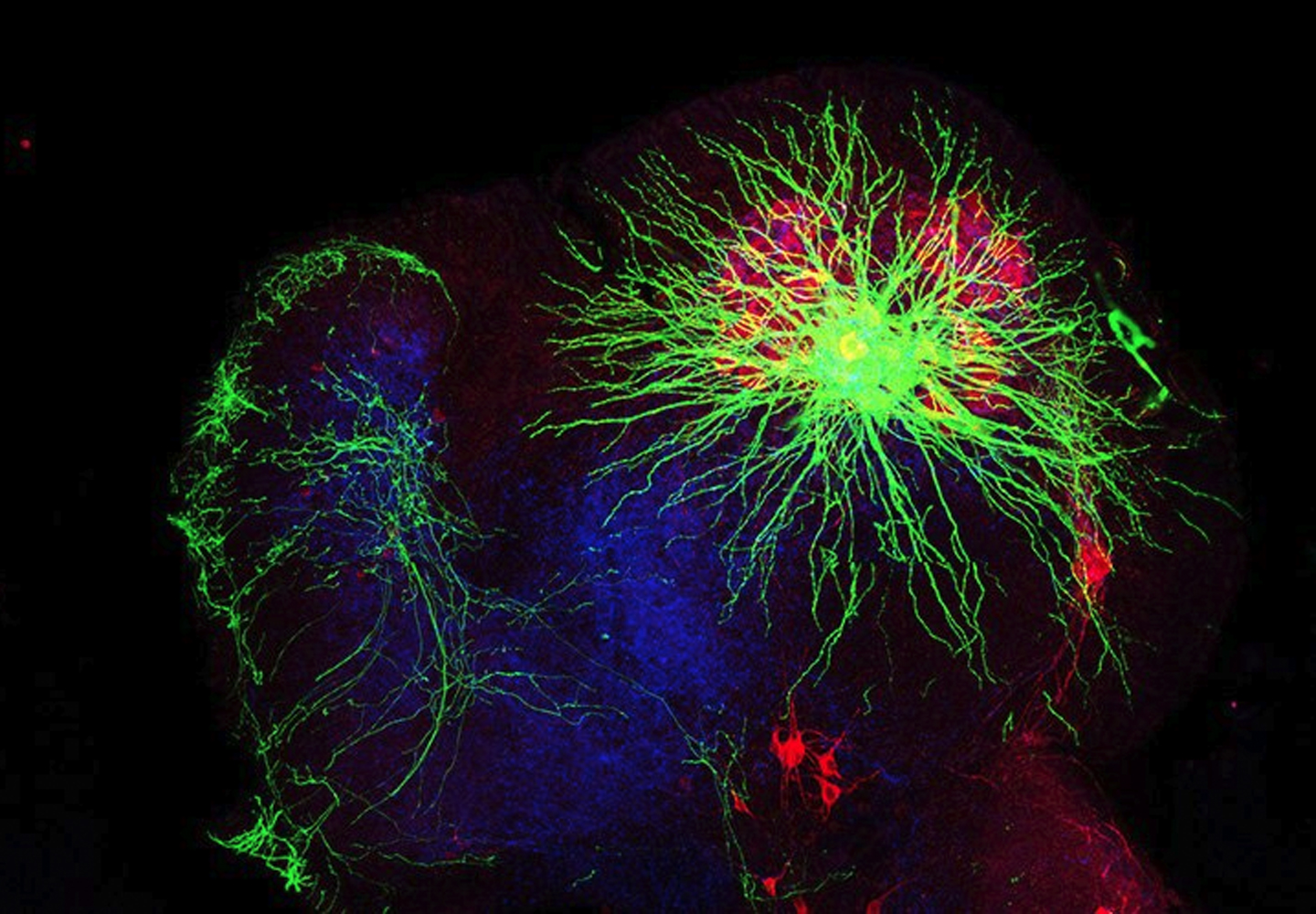Event Details
Speaker Details
Location
The Katharina Otto-Bernstein Screening Room
Lenfest Center for the Arts
615 West 129th Street
New York, NY 10027
About The Event
Writer Jennifer Homans — author of Apollo’s Angels: A History of Ballet and the monumental recent biography of George Balanchine, Mr. B — in conversation with Zuckerman Institute neuroscientist Daniel Wolpert, whose research focuses on experimental approaches to human movement. Moderated by Carol Becker, Professor of the Arts and Dean Emerita, and Daphna Shohamy, Kavli Professor of Brain Science; Director and CEO of Columbia’s Zuckerman Institute; and Co-Director of Columbia’s Kavli Institute for Brain Science.
This conversation will explore the relationship of movement to the brain. How is thought movement and movement thought? How do we understand the nature of the particular movement and training that is dance? Where is such memory stored in the body and how does it affect those who pursue such a path? What function does dance serve in our personal and collective lives? And, finally, where did the idea to devote a decade to writing about the life and work of Balanchine come from and how did it evolve?
For more information, please visit the event website.
Image: Motor neurons, which give the body the ability to move / credit D. Ng and N. Balaskas, courtesy Zuckerman Institute


